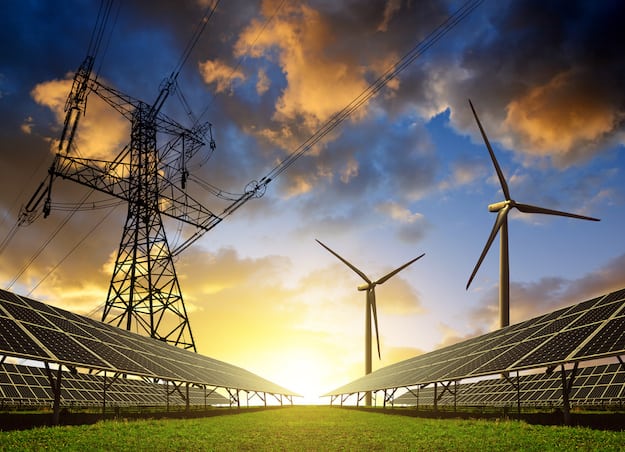Published at The Conversation, Saturday 8 October
On Friday, Australia’s federal and state energy ministers met for an extraordinary meeting following the complete loss of power in South Australia on September 28. The COAG Energy Council announced a wide-ranging independent review to provide advice to governments on a coordinated, national reform blueprint. The review will be chaired by Australia’s Chief Scientist, Dr Alan Finkel.
Dr Finkel has been challenged with steering Australia’s energy system around some big potholes while keeping his eye on the horizon. And all in about six months.
The review will consider work already being done around maintaining the security, reliability and affordability of electricity as delivered by the National Electricity market (NEM) (which covers all states except Western Australia and the Northern Territory).
The state-wide blackout became a political opportunity for Australia’s politicians. Yet it is certainly too early and hopefully wrong to say if this is just a reactive response.
What’s in the review?
The review has three timeframes. The immediate priority will be to systematically assemble existing processes and work programs initiated over the last year by the energy council and identify any major gaps in the context of energy security and reliability in the NEM. Some of these processes, such as a review of market governance arrangements, have been completed but not fully actioned.
Others have only recently been announced. These include analysis of the impact of federal, state and territory carbon policies on energy markets and the reviews of the South Australian blackout. They will not all be complete by the December council meeting.
The review is expected to deliver a blueprint via a final report early in the new year. It is likely to include specific actions, both physical and financial, that respond to recent events such as South Australia’s price shock in July and blackout in September. These two issues should not be conflated. To do so, would risk solving neither.
The council has highlighted the significant transition underway in the Australian electricity market. The drivers include “rapid technological change, the increasing penetration of renewable energy, a more decentralised generation system, withdrawal of traditional baseload generation and changing consumer demand”. The blueprint will address all of these issues in a comprehensive and coordinated way not previously a feature of the council’s output.
There is much uncertainty to how some of these drivers will evolve over the next two decades. To be really effective, the blueprint will need to consider a range of plausible long-term scenarios but focus on near-term options that can be adapted to evolving developments on all fronts.
The Chief Scientist will, amongst other things, bring to the review his knowledge of current and likely future developments in energy technologies. This will be important in considering policy, legislative and rule changes that favour the adoption of technologies that could address both low-emissions and reliability but are otherwise technology-neutral.
The federal energy minister, Josh Frydenberg, and his state and territory counterparts are to be applauded for the speed and cohesiveness they have shown in instigating the review. This follows a similar approach that permeated their August meeting where considerable progress was made on key energy market reforms across several fronts.
Get climate policy right
There are two critical areas of concern. The fundamental driver behind the issues listed in the review’s terms of reference is climate change and the policy response to it.
The federal government is committed to a 2017 review of its domestic climate change policies against its 2030 emissions reduction target.
State and territory governments have announced or implemented their own climate change and renewable energy policies. It is not surprising that states such as Victoria remain committed to these policies even though they are open to criticism for being uncoordinated at a national level, or failing to consider implications for system reliability and security.
Primary responsibility must rest with the federal government to deliver a credible scalable climate policy. Much can then flow from there, including agreement from states and territories to truly act in the spirit of national coordination to which they committed.
Greenhouse gas reduction is best achieved by putting a price on emissions through one of several options that have been canvassed in 2016 and in a form that acts with the electricity market and not outside it. The review’s terms of reference are silent on this issue, and yet recognise that the nature and structure of climate change policy have critical implications for the NEM.
Wind and solar power are intermittent. Their integration into the generation mix while maintaining reliability is best achieved by valuing flexibility either through the NEM or via complementary policies or regulations. The review is oddly silent on this issue. It is to be hoped that this is unintended and will be picked up in the course of the review.
There were high expectations for Friday’s council meeting. A state-wide blackout does that. These expectations have been delegated to the review which the council must support and drive to outcomes.
Minister Frydenberg has strongly and repeatedly emphasised that the government will not compromise energy reliability and security in the transition to a low emissions future. Failure on this front will not be forgiven.
![]()
 Published at
Published at